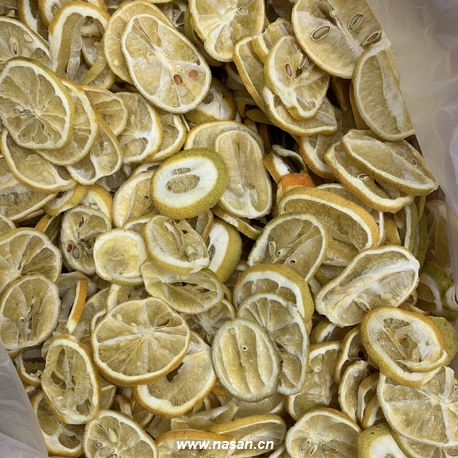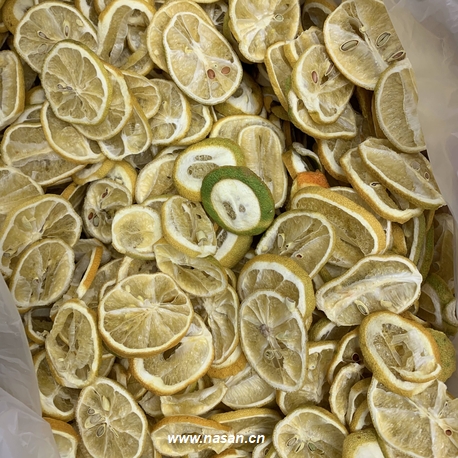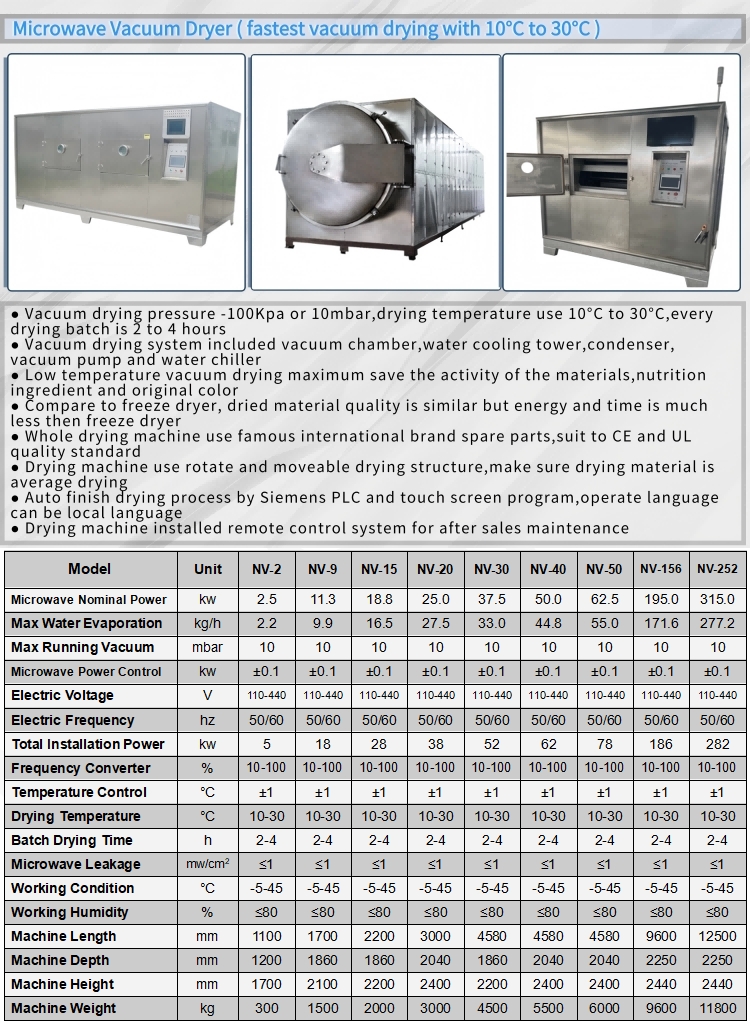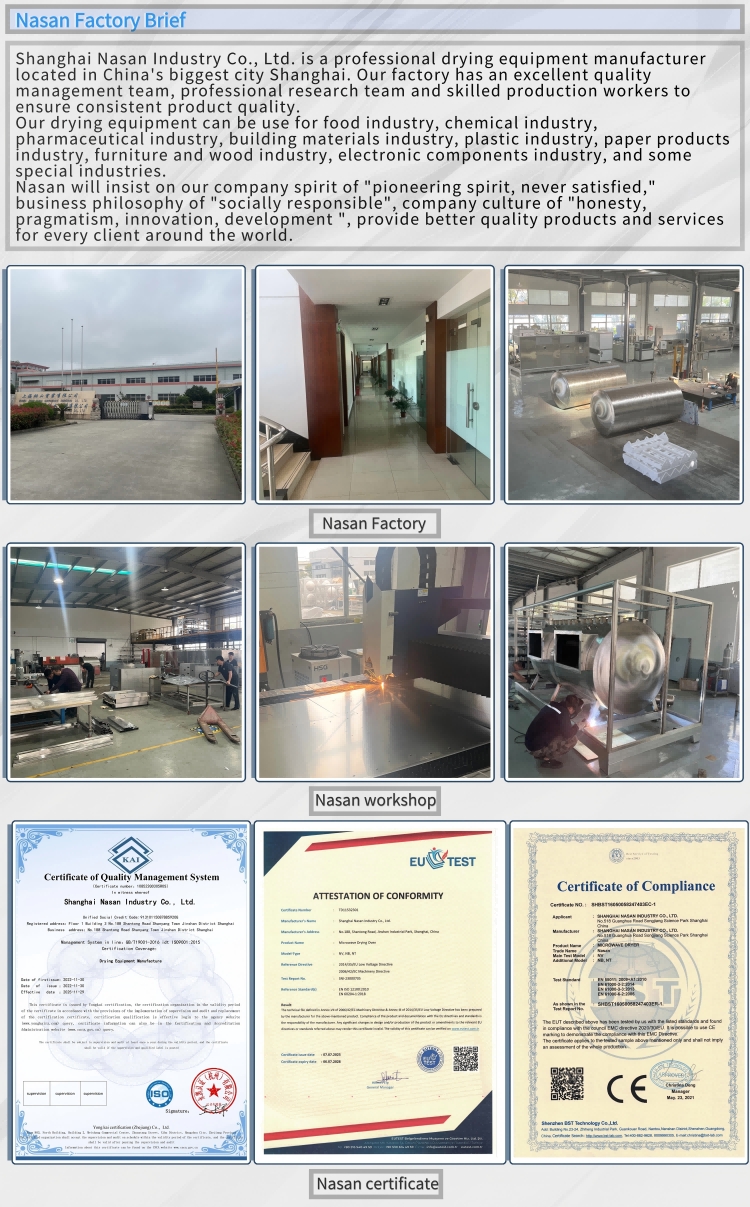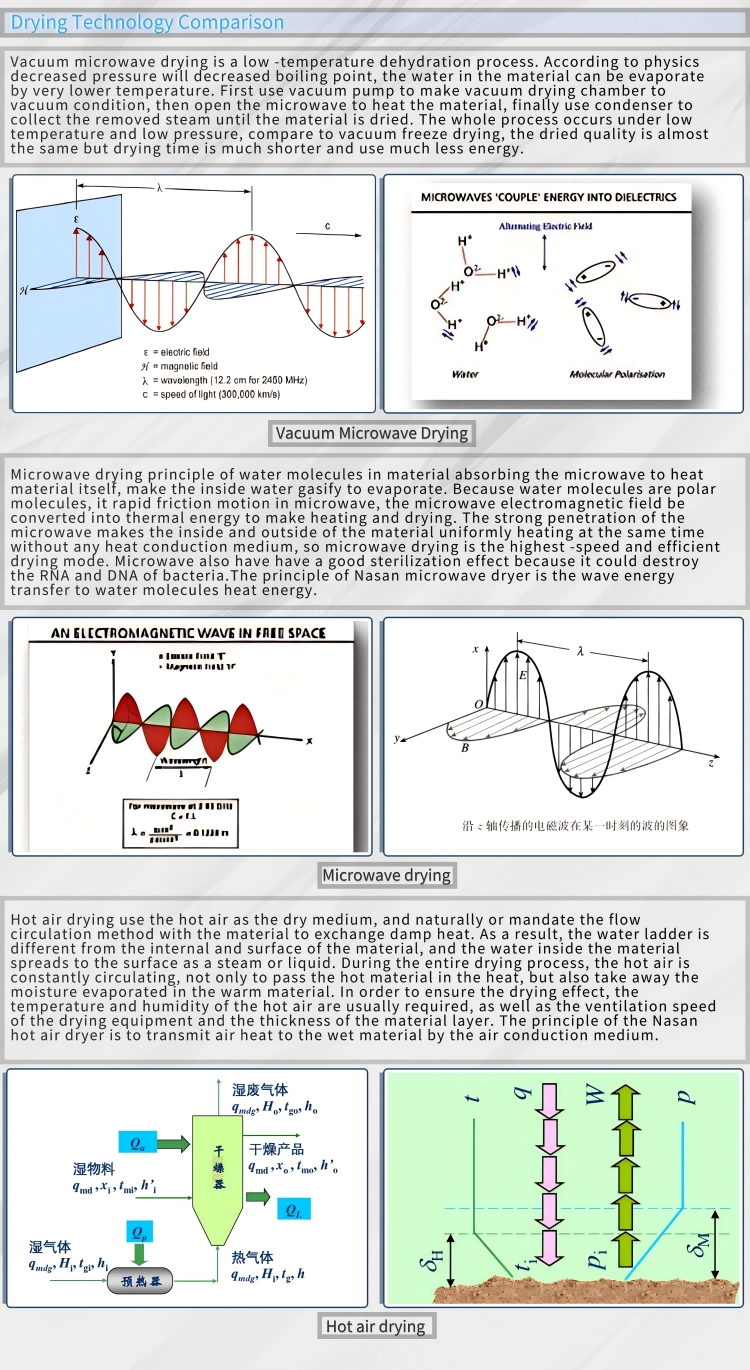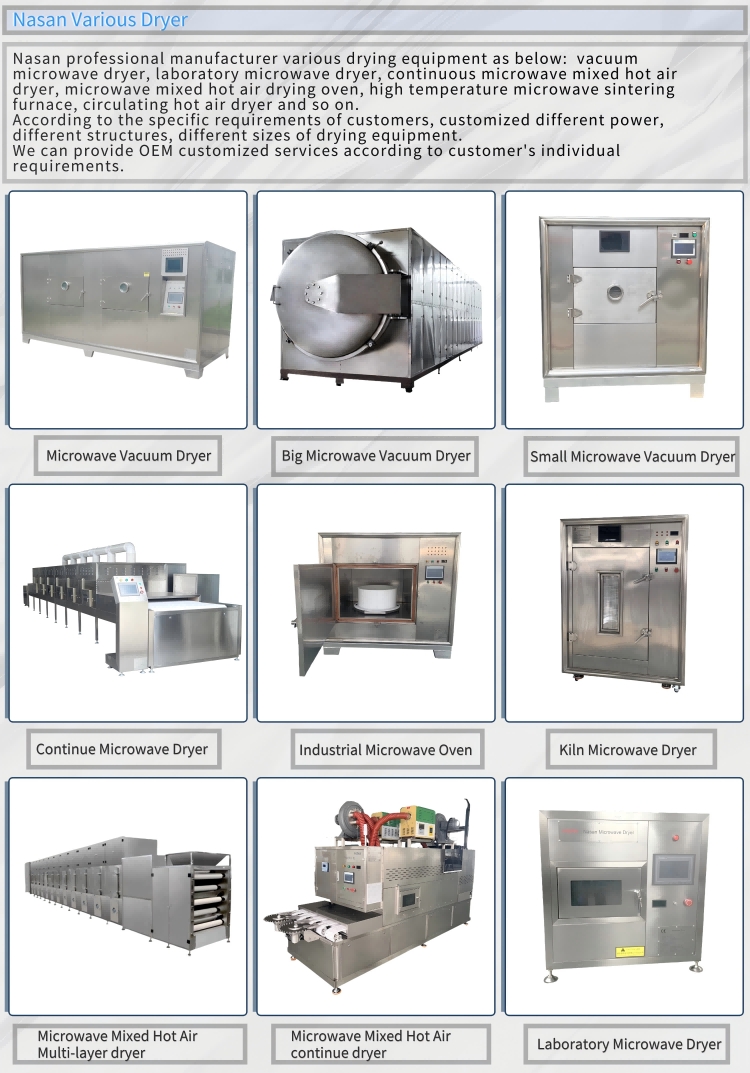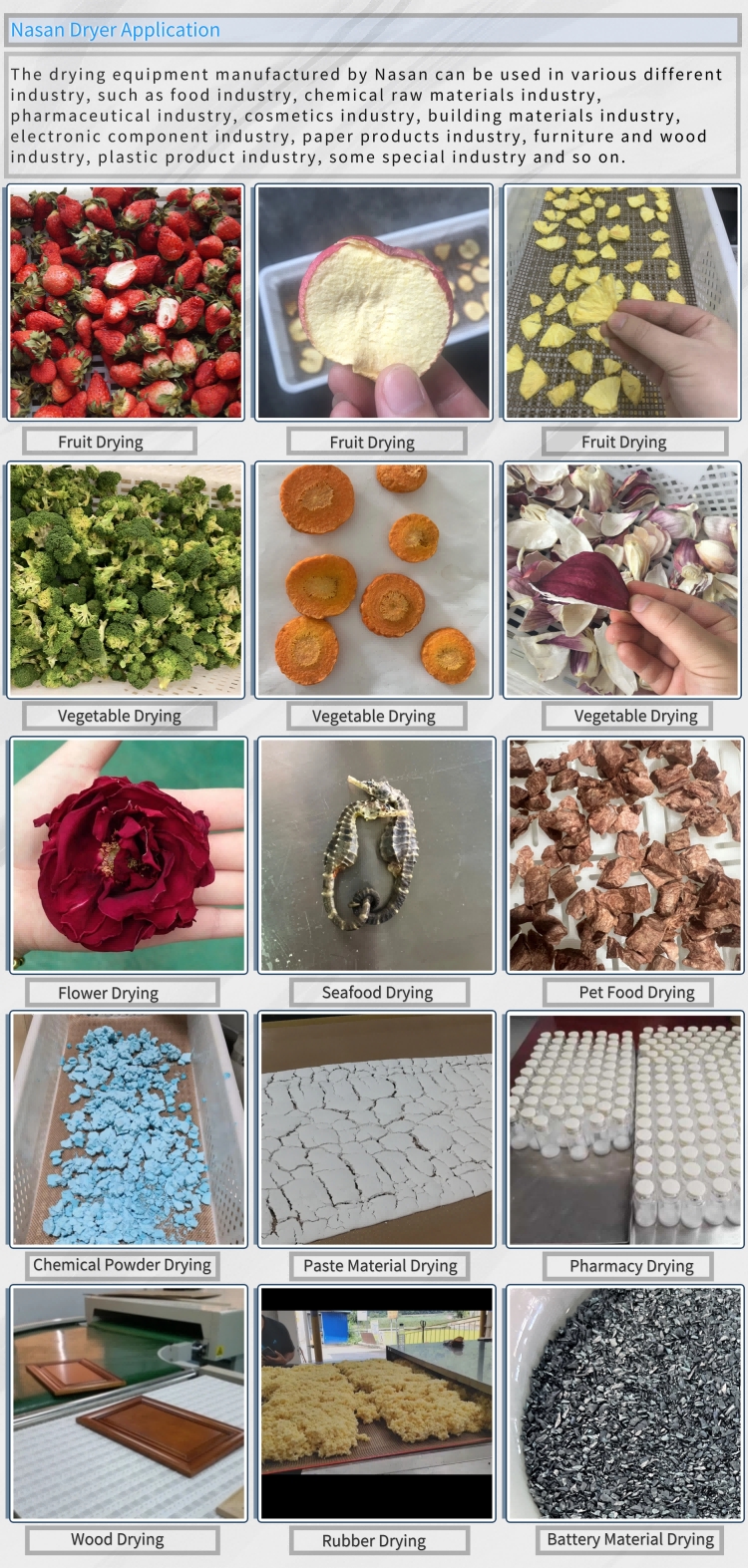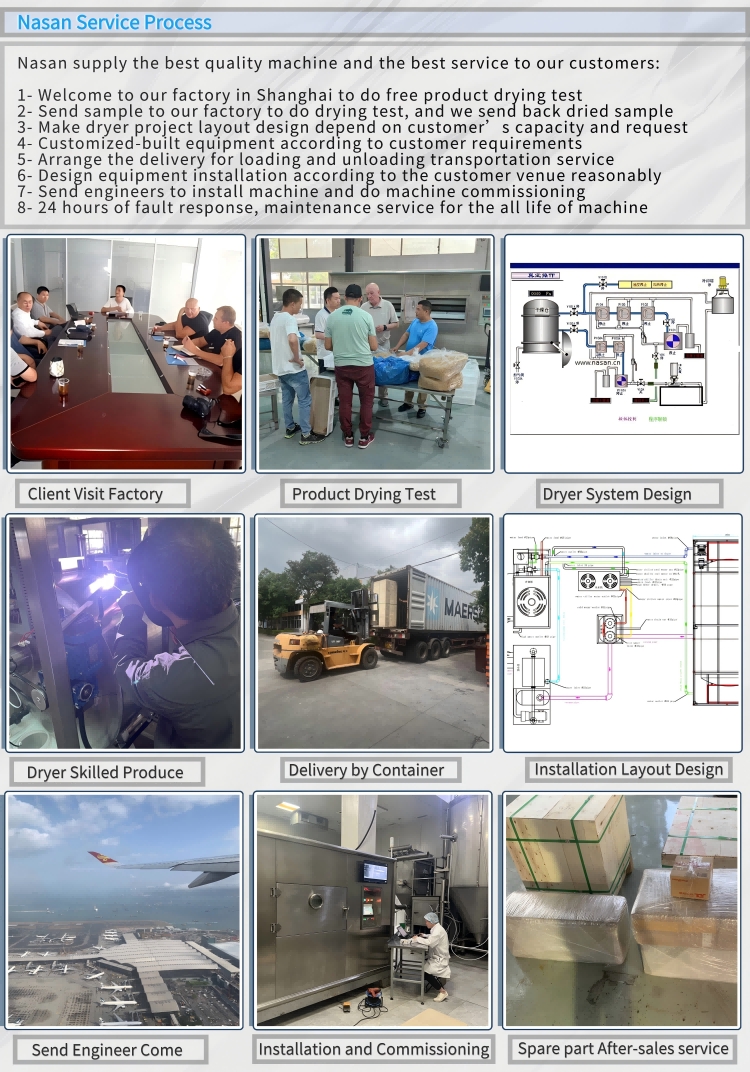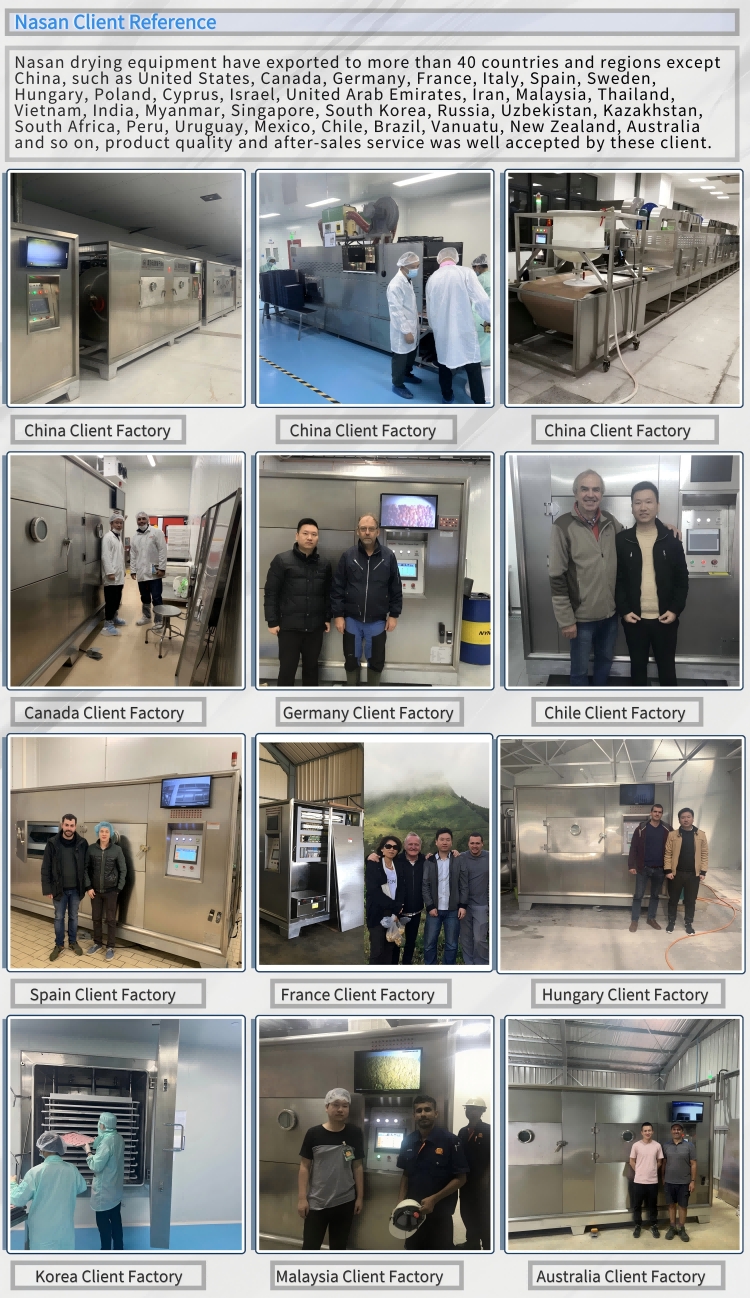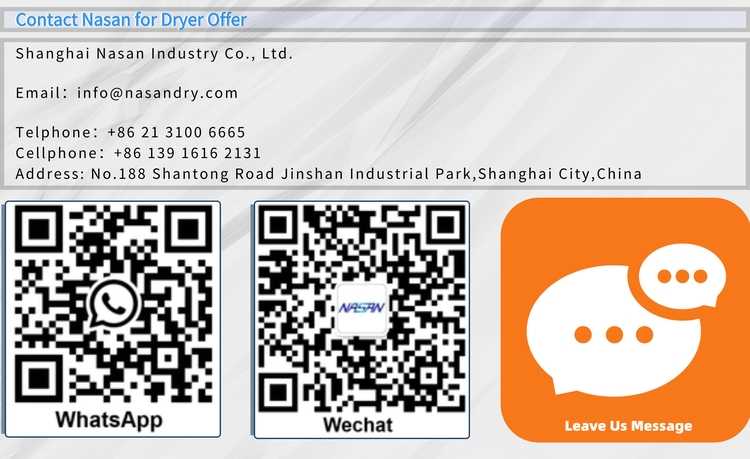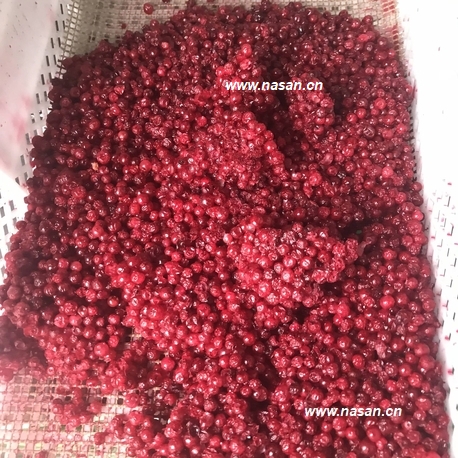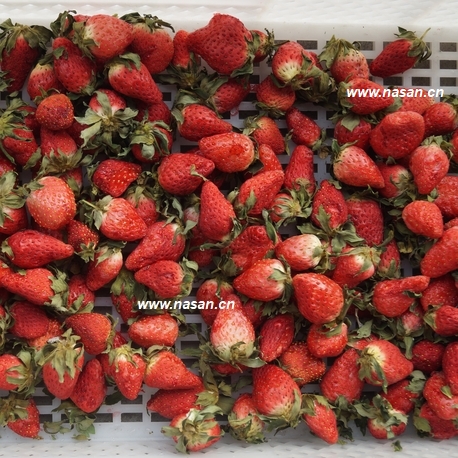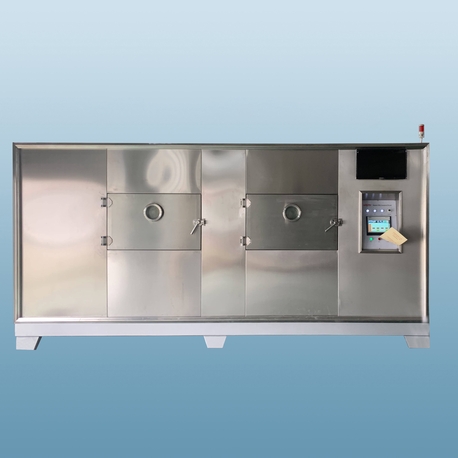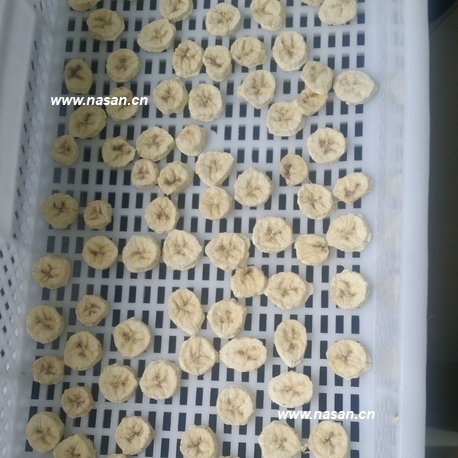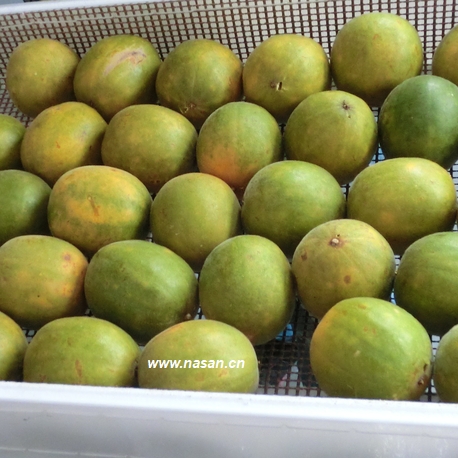Lemon vacuum microwave drying is a specialized application of hybrid drying technology, tailored to address the unique challenges of processing lemons—such as their high acidity, thin peel, and heat-sensitive bioactive compounds (e.g., vitamin C, limonene). Unlike traditional drying methods, this technology preserves the lemon’s bright color, tangy flavor, and nutritional value while efficiently removing moisture. Below is a detailed breakdown of its core aspects.
Why Lemons Benefit from Vacuum Microwave Drying
Lemons have distinct characteristics that make traditional drying (e.g., hot air, sun drying) inefficient or damaging:
High Acidity (pH 2–3): Accelerates enzymatic browning and microbial growth if drying is slow (risk of spoilage in sun drying).
Heat-Sensitive Compounds: Vitamin C (ascorbic acid) and limonene (the aromatic compound in peel) degrade rapidly at high temperatures (lost in hot air drying).
Thin, Porous Peel: Prone to burning or shrinking unevenly in conventional drying, affecting product appearance.
Vacuum microwave drying solves these issues by using low temperatures (avoids nutrient loss) and internal heating (prevents peel burning), making it the optimal method for high-quality dried lemons.
Industrial Considerations for Lemon Drying
For manufacturers scaling up lemon vacuum microwave drying, key factors to address include:
Peel Handling: Lemon peel is thin and prone to burning—use a rotating tray in the drying chamber to ensure even microwave exposure (avoids hot spots on peel).
Bitterness Control: Adjust debittering time based on lemon variety (e.g., Eureka lemons are less bitter than Lisbon lemons, requiring shorter soaking).
Energy Efficiency: Lemons have high moisture content (80–85% fresh) but thin tissues—use variable microwave power (higher power in the first hour to remove surface moisture, lower power later to avoid burning).
Waste Reduction: Use “seconds” (lemons with minor cosmetic defects, e.g., blemished peel) for drying—they are unsuitable for fresh sale but ideal for processed products, reducing food waste.
In summary, lemon vacuum microwave drying is the most effective method to produce high-quality dried lemons, preserving their color, flavor, and nutrients. Its efficiency and ability to avoid common defects (browning, burning, bitterness) make it a valuable technology for food processors targeting culinary, snack, or functional markets.
